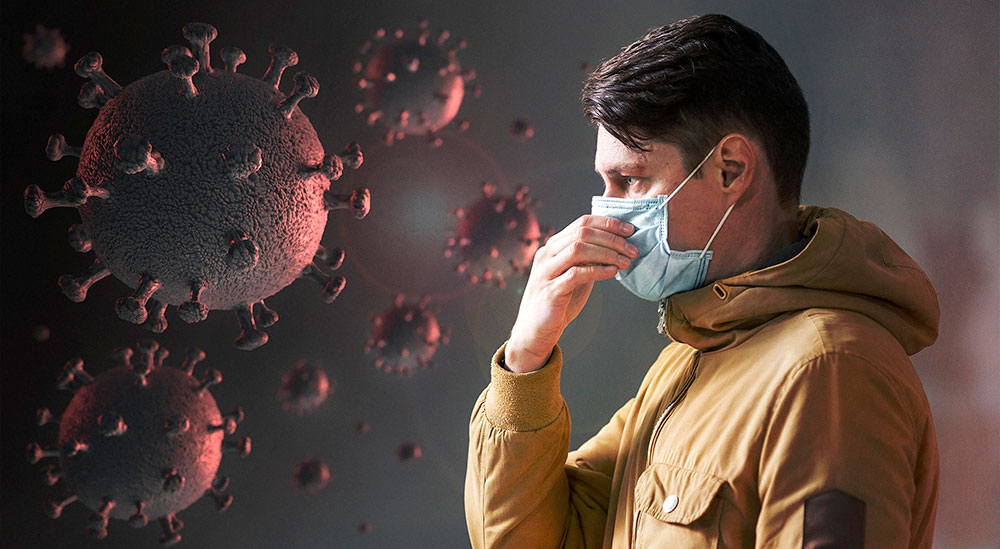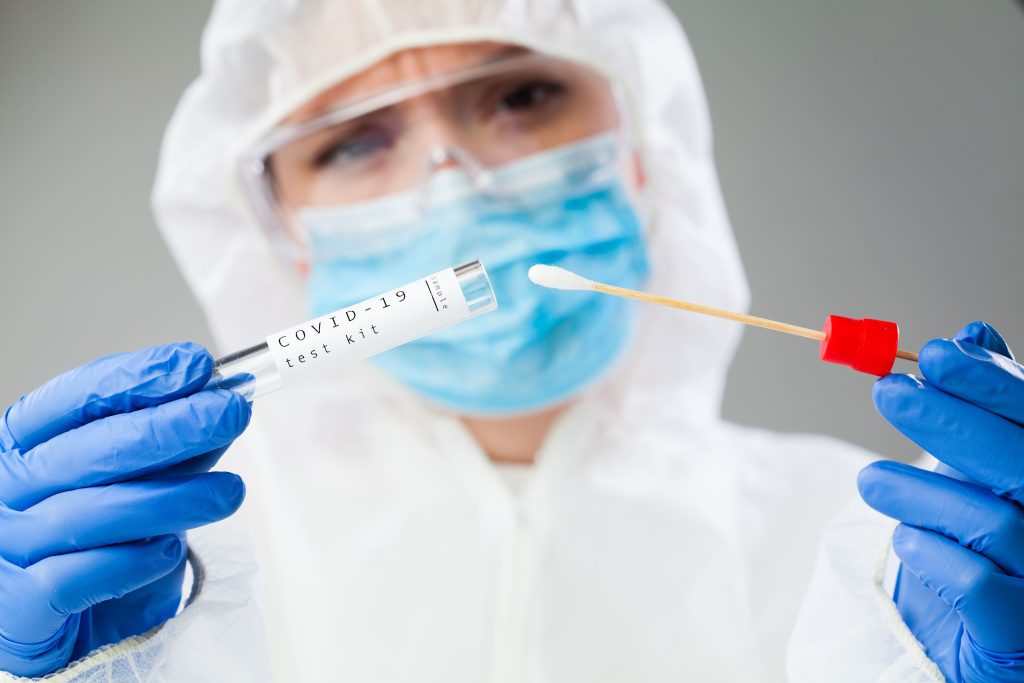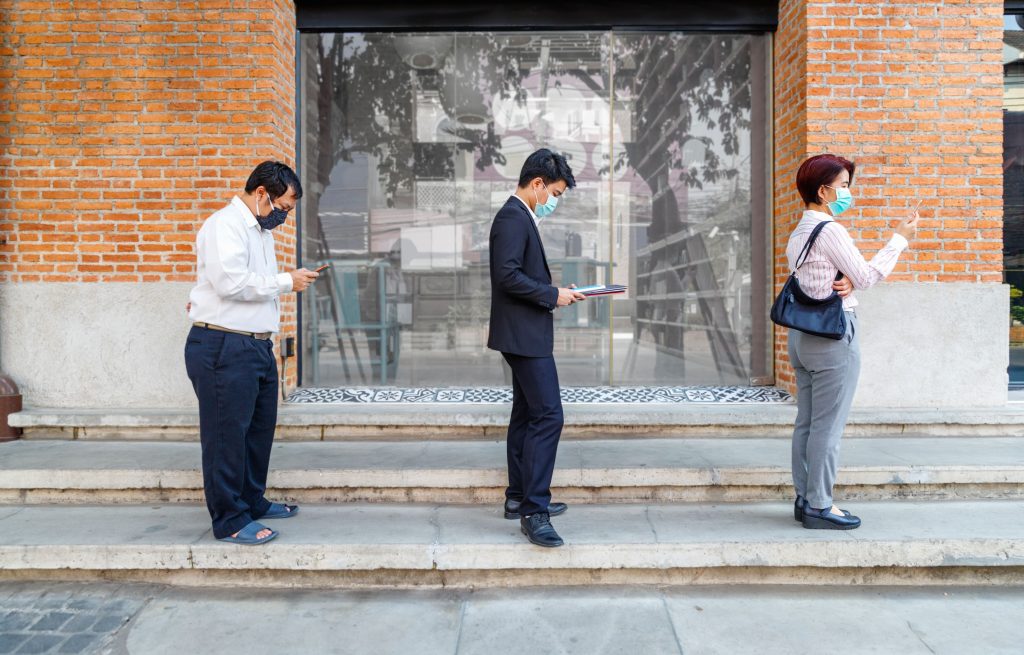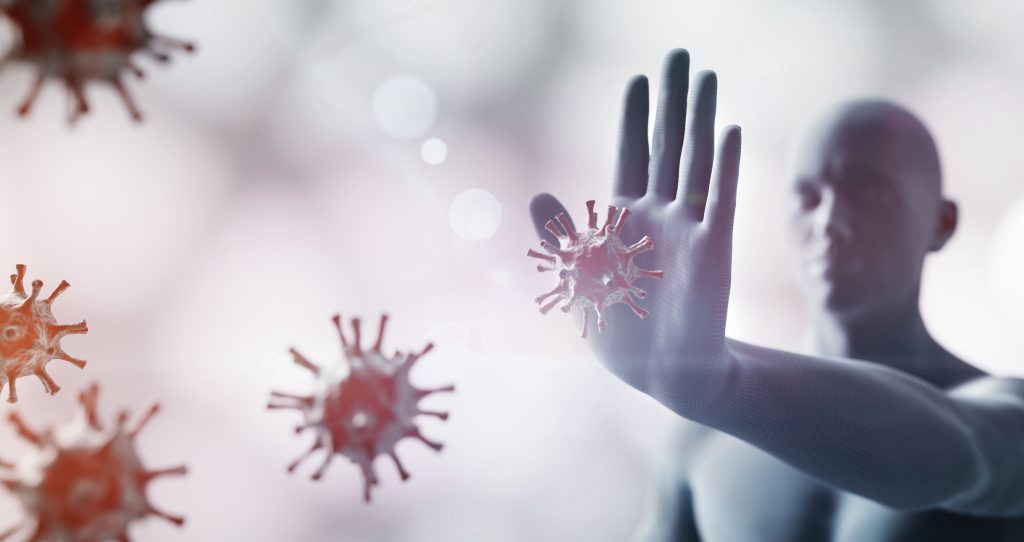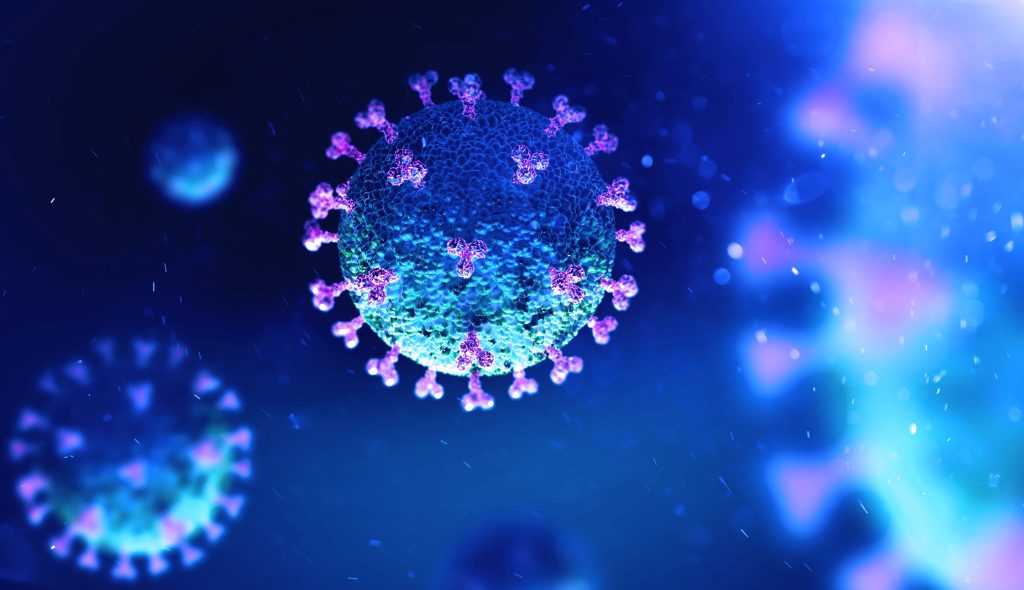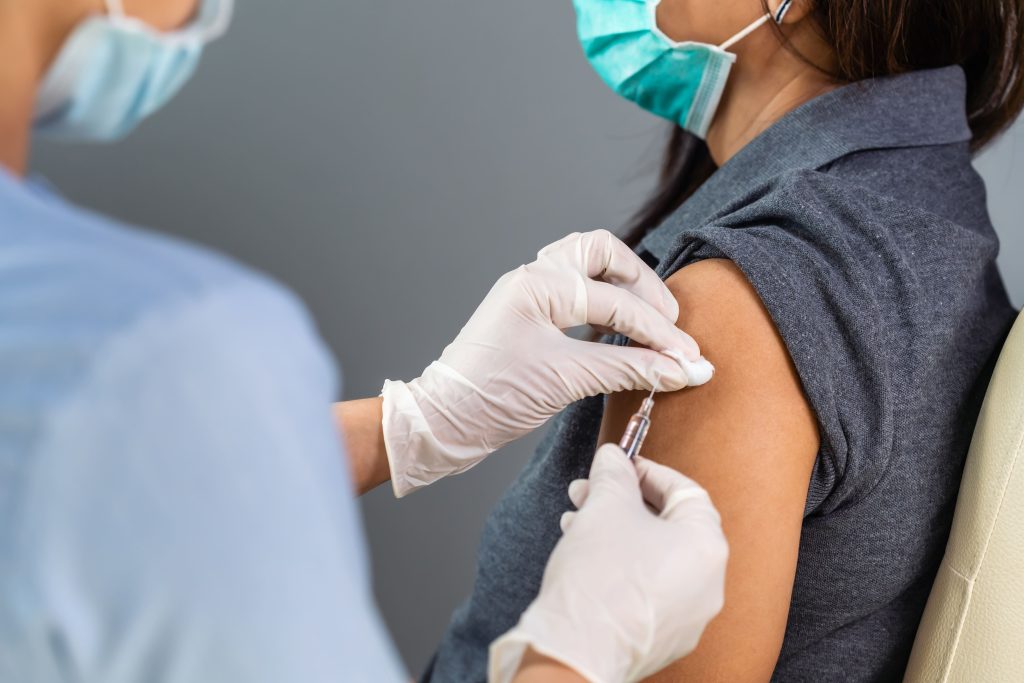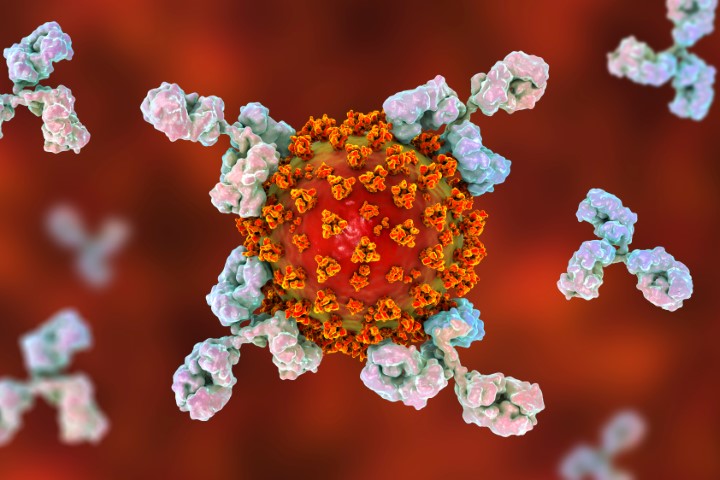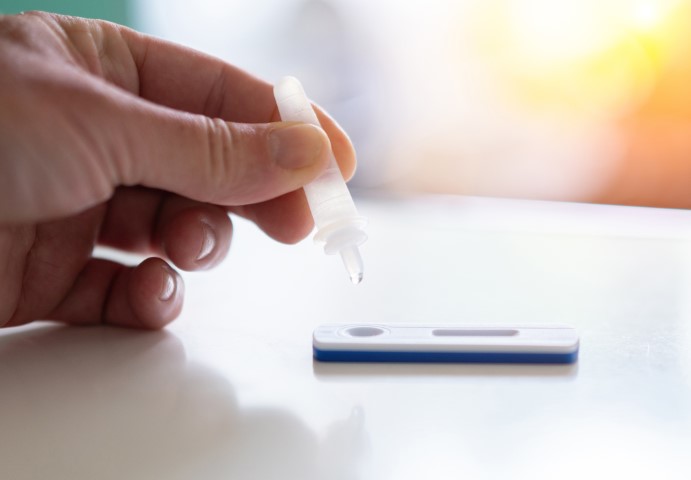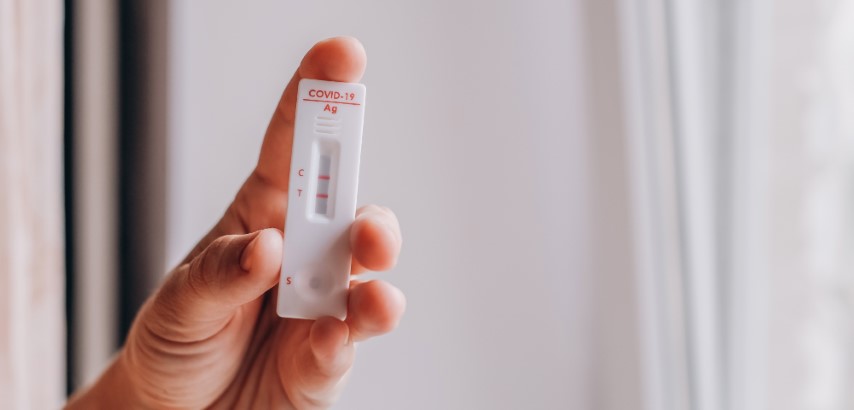Introduction
The outbreak of COVID-19 has taken the world by storm in the last two years. Also known as the Novel Coronavirus, COVID-19 is a disease caused by a virus discovered in December 2019 in Wuhan, China. Overnight, given the contagious nature of the virus, it spread all around the world dangerously and fast. Per WHO statistics, there are 539,119,771 confirmed cases of COVID-19, including 6,322,311 deaths. And with sincere genome sequencing efforts and COVID-19 vaccine drives going on in every corner of the world, 11,912,594,538 vaccine doses have been administered. Let’s understand what to do in terms of recovery and care post-COVID.
What is COVID-19?
COVID-19 is caused by a virus named SARS-CoV-2 from a virus cluster resulting in the coronavirus or the Novel Coronavirus Disease 2019 discovered in Wuhan, China, in December 2019. The virus cluster also includes common viruses that cause various respiratory infections, from the common cold, chest cold, and influenza to more severe acute respiratory syndrome (SARS) and the Middle East respiratory syndrome (MERS). Coronavirus spreads from person to person through close contact with an infected person through nasal droplets by sneezing or coughing or by touching surfaces contaminated by the virus and touching the eyes, nose, or mouth with the same body part.
The word corona means a crown, and the name was given due to the appearance of the virus. It had spike proteins sticking out of it, which is that part of the virus that attaches itself to a human cell and replicates inside and multiplies. It was declared a global pandemic due to its aggressive and dangerous spread resulting in mass deaths across the globe.
Over time, as is the nature of the virus, genetic changes have started trickling down to the lineage of the virus in the form of variants. Today, we have SARS-CoV-2 but with different nomenclatures like – the Delta variant and Omicron, too!
Symptoms of COVID-19
COVID-19 has mostly attacked the respiratory organs and the lungs, though it has also been observed to affect other organs and bodily functions. Once exposed to the virus, symptoms of COVID-19 take 3-4 days to develop and emerge and can range from mild to dangerous, while some remain asymptomatic. The degree of severity decides the treatment and approach to care and recovery measures. Typical signs and symptoms resemble symptoms of most respiratory infections like
- Cold and running nose
- Cough and sore throat
- Fever and Fatigue
- Headache Body Pain
- Difficulty in Breathing
- Stomach ache, Diarrhea, and Vomiting
- Dry mouth, dizziness, and loss of appetite
- Loss of smell and taste
Some Common Side Effects of COVID -19
Depending on the degree of the COVID infection and one’s immunity, most people with COVID-19 recover in a few weeks. Other than testing COVID-19 negative, there is no other scientific measure yet to diagnose post-COVID conditions because of unique health and medical conditions from person to person. The side effects can be wide-ranging – they can go away or revisit. Post COVID-19 recovered people have also reported health issues of different kinds spanning different time slots – from weeks to months to even a year! Commonly said side effects include,
- General tiredness and fatigue that affects daily activities
- Chest pain, cough, shortness of breath, and pounding heart
- Brain fog, sleeplessness, and light-headedness
- Anxiety and Depression
- Change in taste or smell
- Change in the menstrual cycle
- Stomach pain or Diarrhea
- Skin rash and joint/muscle pain



Measures to be Taken at Home Post Discharge
Post COVID-19, the period when you are on the mend and recovering at home is very crucial. The following measures can help.
1. Social Distancing Protocol or COVID appropriate behaviour
COVID appropriate behaviour must be followed and that includes,
- Physical and Social distancing protocol. Try and maintain a social distance of 6 feet with anyone.
- Respiratory hygiene of wearing a fitted N-95 mask
- Hand hygiene of washing hands frequently with soap and water before and after contact with public common surfaces and activities like eating, touching face, mouth, eyes, or pets. Use hand sanitizer where soap and water are not available.
Living spaces must be airy, well-ventilated, and disinfected regularly. Avoid poorly ventilated areas by all means.
2. Ensure Adequate Nutrition, Hydration, Rest and Sleep
The patient must eat a high-protein diet to restore depleted energy levels and for the body to heal adequately. Include plenty of nuts, healthy seeds, and lentils in the diet, lots of fresh fruit and juices, healthy soups, and easy-to-digest items like rice, oatmeal, and toast. The patient should avoid swallowing anything complicated like hard-boiled eggs, nuts, and whole grains. Also, avoid raw foods, sweets, oily and processed foods, or any leftovers.
People who have contracted COVID-19, like other viral infections, should rest and drink plenty of fluids (water, juices, herbal teas and soups) to rehydrate the body, prevent muscle aches and help their bodies recover. Some people may experience dry mouth, dizziness, muscle aches, fatigue, and low appetite. Avoid regular tea and coffee for some time. Avoid smoking and consuming alcohol by all means.
You should try to get at least eight hours of sleep per night and avoid any old exercise regimen to prevent pounding heart or light-headedness. Maybe, some light walking for 10-15 minutes should do in the initial period of recovery. The key is not to over-exert. This can help you decrease your body’s demand for energy and focus better on recovery. Practise yoga or meditation in extreme moderation and pick up any stress-relieving activity like reading to beat the constant monotony of anxiety when to bounce back.
3. Monitor all health parameters and ongoing medications
Post-COVID recovery, it is essential to monitor all health parameters and keep a daily tab on oxygen levels and temperature. You should also reconsider your ongoing medications for pre-existing conditions with your physician. One has to keep a tab on sugar levels in case of consumption of oral corticosteroids. Also, keep a tab on blood in urine, stools and phlegm if on blood thinners.
Be alert and watch out for any chronic or unusual symptoms of COVID-19. Elderly patients, patients with impaired immunity such as HIV/AIDS, or those suffering from co-morbid conditions such as diabetes, heart, or lung diseases are at elevated risk of fatal outcomes from COVID 19. Keep getting thermal screened and check vitals, especially oxygen levels in the body. Do keep a check on any unusual signs of low oxygen levels, unexplained chest pain, fever, breathlessness, body weakness or fogginess and confusion.
4. COVID Rehabilitation and Routine follow-up with your doctor
It is important not to rush into the old routine of professional work and the attendant volume of work. Recovered patients should resume work in a phase wise manner depending on energy levels per the advice of the doctor. A follow-up with your doctor is a must after 10 days from discharge. Watch your mental health. Also, be vocal about your progress bar around physical fitness at the right time. Be an advocate to clear the stigmas and myths surrounding COVID-19
Testing Frequently
If someone has a mild case of COVID-19, recovered from COVID-19, or has a new strain of the infection, they may need to get tested immediately to rule out any misgivings. We must understand that testing saves lives and leads us to treatment. You can use a rapid antigen test kit at home to detect the presence of the virus in your body or take an RTPCR test at the nearest hospital. You can also use the COVID-19 test kit if you experience any typical symptoms of the virus-like fever, cold, cough, Nausea, Vomiting, or Diarrhea. Make sure the test kit is a medical regulatory body-approved kit for better and more accurate results. The test kit can also help you identify any potential new viruses you may have come in contact with. This can help you protect yourself by staying away from people who could come in touch with you.
FAQs
1. Can people with mild COVID-19 symptoms recover at home?
Answer – People with mild COVID-19 symptoms can manage their condition and recover at home. Full recovery can take anywhere from 14 days to a few weeks to months. Good nutrition, adequate hydration, rest, and sleep can significantly improve the recovery process at home.
2. What are the primary signs of COVID-19?
Answer – The primary signs and symptoms of COVID-19 are,
● Cold and running nose
● Cough and sore throat
● Fever and Fatigue
● Headache Body Pain
● Difficulty in Breathing
● Stomach ache, Diarrhea, and Vomiting
● Dry mouth, dizziness, and loss of appetite
● Loss of smell and taste
3. How long is the incubation period of COVID-19?
Answer – Once exposed to the virus, symptoms of COVID-19 take 3-4 days to develop and emerge and can range from mild to dangerous, while some remain asymptomatic. The incubation period ranges from 1-14 days, most commonly around 3-4 days.
4.Can COVID-19 be transmitted through food?
Answer – There is no scientific evidence that COVID-19 can be transmitted through food.
5. Can COVID-19 be transmitted through fruits and vegetables?
Answer – There is no scientific evidence yet that COVID-19 can be transmitted through fruits and vegetables. But as a thumb rule, we should continue to wash fruits and vegetables under running water so that no germs enter our body through cuts or lesions.

